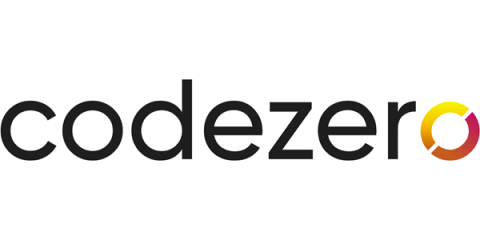Insights into Kubernetes Deployments with Kong Ingress Controller
This blog addresses the common challenges organizations face with fragmented API management in Kubernetes environments and presents Kong Konnect combined with the Kong Ingress Controller (KIC) as a comprehensive solution.











